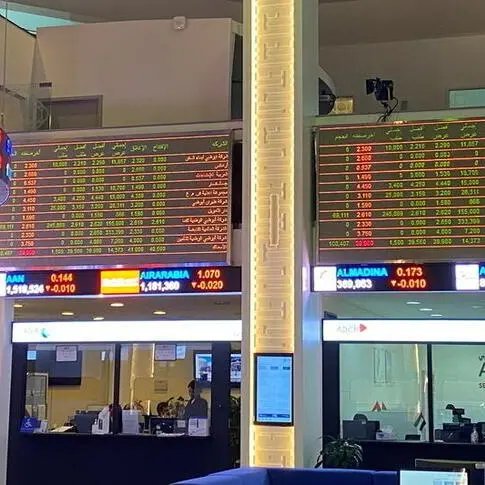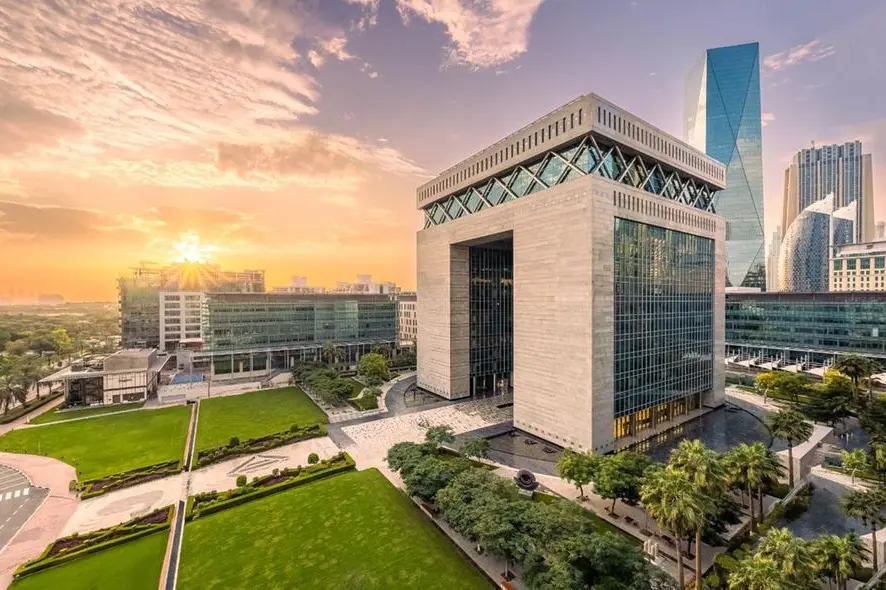PHOTO
Twilight view of Muttrah corniche in Muscat, capital of Oman. Getty Images Image used for illustrative purpose
Muscat – The autumnal equinox marks a significant astronomical event, signaling the transition into fall in the northern hemisphere. Hawa bint Abdullah al Balushi, a member of the Omani Astronomical Society, shared insights about this phenomenon as it unfolded in the Sultanate of Oman. According to her, the autumnal equinox this year occurred at 04:43 pm Oman time. This event is characterized by the sun rising directly over the equator, leading to nearly equal day and night lengths globally, though each country experiences this equality at slightly different times depending on its latitude.
In Muscat, on the day of the equinox, the sun rose at 05:55 am, reached its zenith at 11:59 am, and set at 06:03 pm, resulting in a day that lasted approximately 12 hours and 8 minutes. In Oman, the official equal day and night will occur on Saturday, September 28, when the day will last exactly 12 hours.
Hawa further explained that the equinoxes and solstices occur due to Earth’s axial tilt of 23.5 degrees and its orbit around the sun. This tilt causes the variation in day lengths throughout the year and gives rise to the four seasons. She highlighted that the autumnal equinox heralds the start of autumn in the northern hemisphere and spring in the southern hemisphere. On this day, the sun rises and sets at exact points on the eastern and western horizons, offering a precise way to determine these directions.
At the North Pole, this equinox also marks the first sunrise in six months, while the South Pole experiences its first sunset in six months, beginning a long polar night. As autumn progresses, the nights will grow longer until the winter solstice in December. This shifting balance of light and dark continues to shape the rhythm of the seasons.
© Apex Press and Publishing Provided by SyndiGate Media Inc. (Syndigate.info).





















